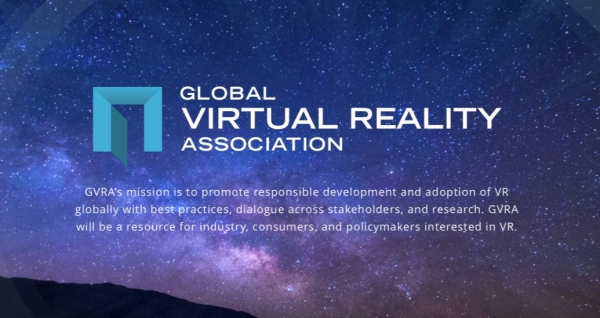AR and VR have been hot topics for us since they promised to enter the consumer market in 2016. As 2016 comes to an end many realize that the reality of AR / VR is a little more subdued than they thought it would be. If we come out with a new gadget, especially one that is as cool as Ironman, why would people not go out and buy it?
Well, besides the sometimes steep pricing, there is the question if I can actually fly like Ironman or do anything else Ironman can do. I guess we all know the answer to that question.
Nevertheless, AR / VR promises to be a long term solution to the human machine interface question. There are so many really great demonstration videos of what AR / VR can do that it is easy to be impressed and blown away by how easy life will be with this new technology. Now, getting headsets to that demonstration level of interaction may take some time.
We all know the names of the main players when it comes to hardware headsets. When I am talking about AR / VR we are covering all bases independent on other terms that are being created by some companies to stick out from the crowd. Microsoft is certainly one of the key players to drive new terms even if they are coming late to the party. Since many companies have been using the terms AR and VR for decades, I get a sense that Microsoft thought “let us call it mixed reality just so that everyone believes we have invented something completely new”. And to impress all the techies let us start using the term holo-something in the same way Apple added i-something to all their products.
Sticking to the basics, HoloLens is nothing more than another AR headset. I am not saying that the device is bad, I think it is pretty amazing, just a little over-hyped for my taste. If we add the recent recognition that the early product demonstrations from Magic Leap were Hollywood at its best, we can see that things are a little out of hand already.
Source: Microsoft HoloLens Video
More important issues for the AR and VR market development are two separate announcements that may pave the way for future markets. One is the announcement by Microsoft that it will push Windows Holographic (again with the holo-thing) as a platform for many or even all hardware solutions. A common software platform that can drive multiple hardware devices would make a lot of sense in today’s computing environment. I do not expect this to go unchallenged by Google/Android and there will be an interesting battle between Microsoft and Google. So far, Apple is pretty quiet about the whole AR / VR platform but has already made clear that they want to carve out their niche in this market as well.
As IBM showed with the introduction of the PC, open platforms have a huge advantage in the early development of a new technology platform as they provide faster growth and availability of apps and content. From this perspective I would give Google and even Apple a clear advantage over Microsoft in attracting app developers. While the cost of the hardware is an important factor the ultimate success will be driven more by content availability then cost alone. The Microsoft video is clearly targeting commercial applications, which may hint that their opinion is that in the short time commercial applications will be in the driver seat as the hardware costs are too high for consumers today and will probably remain at this level for a while.
 Source: GVRA website
Source: GVRA website
The other announcement is the arrival of the GVRA (global virtual reality association) that has been announced earlier and managed to even have a website up already. Here the hardware makers have combined to help to educate the consumer about VR hardware in pretty much the same way 3D TV makers did some time ago. They want to bring information to the consumers (of course to enhance sales numbers) and also exchange best practices and dialogue between the stakeholders.
Most interestingly, Microsoft, Google and Apple are not part of this association. If any one of these players wants to create a platform that can drive more than one hardware device, a dialogue with all hardware makers is absolutely necessary. This is normally not achieved by one to one meetings but through association meetings and the furthering of standards. Since there are no industry standards in the works at the moment it will take some time to come to agreement between the stakeholders. The existence of the GVRA shows that the industry is starting to think along these lines.
Combined with the time needed for the necessary development of basic technology to support the next generation hardware solutions, the lack of standards does not paint a picture of a technology creating high volume sales in the coming year, or even that year after that. As much as I would like this to happen, I just do not see this being on the cards. Growth will be great when measured on a percentage basis and anemic when measured in dollars. This is not a contradiction but just the reality for every new technology that changes the paradigm for the consumer.
When we compare this to the sales development of the cellular phone it looks as though we are more at the beginning of the first cell phone sales, rather than the introduction of the smartphone. While the cellular phone had a tough time in the beginning, based on low cell coverage and very high prices, the introduction of the smartphone piggybacked on the existing cell phone infrastructure and the willingness of the phone companies to make their money from selling data plans rather than hardware. To accelerate the adoption of the AR / VR headset a similar approach may be one solution. Other than that, it will take time to make the AR / VR headset the next evolutionary step of the smartphone. – NH

